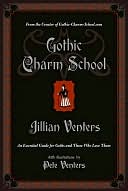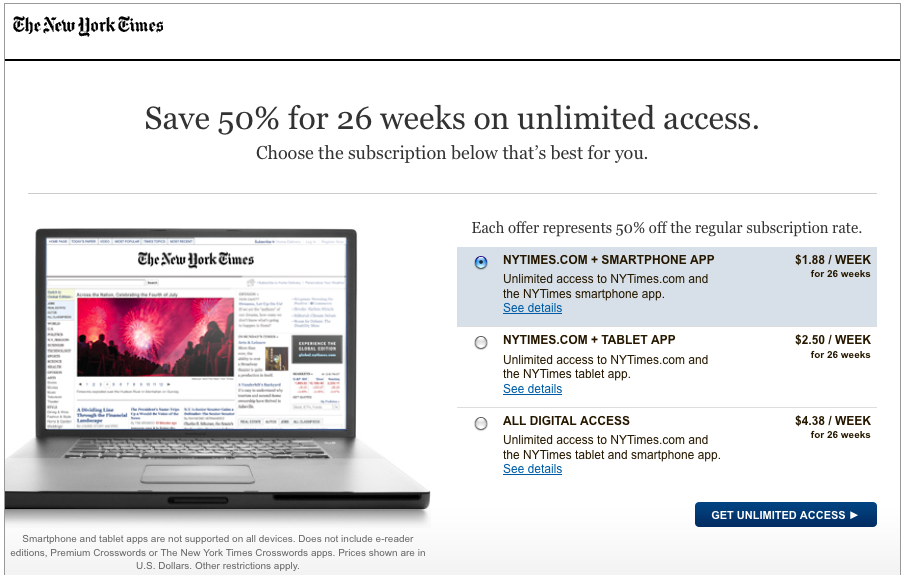One of this week’s big stories is that Amazon may be getting into the tablet war with its own Android OS powered offering. A large order placed with Taiwan-based notebook maker Quanta may signal Amazon’s plans to enter the tablet market.
If true, I think this says a few things about the tablet market. First at the high end where Apple has successfully fended off any and all competitors for the iPad’s crown, perhaps Amazon sees a threat to its Kindle platform. Kindle books can be read on the iPad, and so far Amazon has been able to avoid giving Apple a cut of the sales because purchases in the Kindle app call Safari to load Amazon’s mobile site. But there’s no telling how long this will remain the case. And as Apple’s own iBookstore develops and matures, Amazon’s share can only decline.
At the lower end, Barnes & Noble’s Nook Color, according to B&N at least, has been very successful. While the Nook Color isn’t going to put the Kindle out to pasture anytime soon, it has proven that there is a market for an eBook optimized, backlit, touchscreen, LCD tablet half the price of an iPad.
So it’s not really any surprise that Amazon is trying to close a hole in its eReader offerings now. Besides great reading, the Kindle has always been about tying the reader to Amazon’s bookstore. No 3rd party device will ever do this as well as a Kindle does.
Reports expect the device to be release in the second half of 2011. I would guess it will be ready in time for the Christmas holiday sales season along with a lot of special publisher partner deals to show off the tablet’s new features. It’ll probably be very similar to the Nook Color, also powered by Android OS, and priced the same or less with promotional offers, or putting up with ads.
It’s unlikely that the battle of $250 eReader tablets is going to dethrone the iPad. The main casualties of the coming war are likely going to be those other tablets that so far have failed to gain much traction. It may get a lot harder to sell Xooms and Playbooks once Amazon starts marketing their new color Kindle that reads books and plays Angry Birds for only $250.
Update: Barnes & Noble is preparing to announce a new eReader on May 24. Begun this tablet war has.



